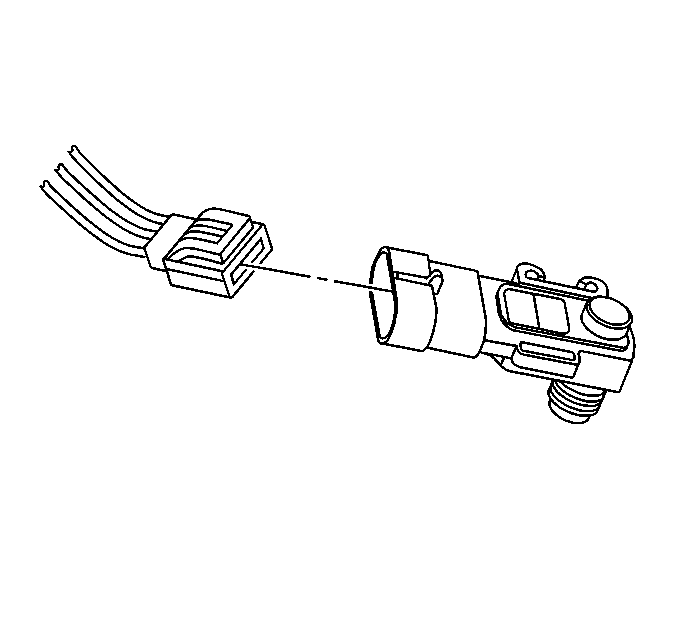Removal Procedure
- Disconnect the negative battery cable.
- Drain the fuel tank. Refer to Fuel Tank Draining .
- Raise the vehicle and suitably support.
- Remove the fuel tank shield (1).
- With aid of an assistant, support the fuel tank and disconnect the two fuel tank retaining straps (2).
- Disconnect the fuel sender electrical connector.
- Disconnect the fuel tank pressure (FTP) sensor electrical connector.
- Remove the hoses from the fuel sender.
- Remove the filler, vent and vapor pipes.
- Remove the fuel tank (2) from vehicle.
- Remove the sound insulators (1).
Caution: Unless directed otherwise, the ignition and start switch must be in the OFF or LOCK position, and all electrical loads must be OFF before servicing any electrical component. Disconnect the negative battery cable to prevent an electrical spark should a tool or equipment come in contact with an exposed electrical terminal. Failure to follow these precautions may result in personal injury and/or damage to the vehicle or its components.
Notice: The pickup truck fuel filler pipe contains screens. In order to prevent damage to the screens, do not drain the fuel through the fuel tank filler pipe.
Caution: To avoid any vehicle damage, serious personal injury or death when major components are removed from the vehicle and the vehicle is supported by a hoist, support the vehicle with jack stands at the opposite end from which the components are being removed and strap the vehicle to the hoist.



Installation Procedure
Important: Inspect all connectors for dirt and burrs. Clean or replace components/assemblies as required. Fuel line O-rings for cuts, nicks, swelling or distortion. Replace if necessary.
- Install the sound insulators (1).
- With the aid of an assistant, install the fuel tank (2) to the body.
- Install the hoses to filler, vent and vapor pipes.
- Connect the FTP sensor electrical connector.
- Connect the fuel tank sender electrical connector.
- Install the fuel tank retaining straps (2).
- Install the fuel tank shield (1).
- Lower the vehicle.
- Refill the fuel tank.
- Reconnect the negative battery cable.
- Inspect for fuel leaks through the following steps:

Caution: Always apply a few drops of clean engine oil to the male pipe ends before connecting the fuel pipe fittings in order to reduce the risk of fire and personal injury. This will ensure proper reconnection and prevent a possible fuel leak. During normal operation, the O-rings located in the female connector will swell and may prevent proper reconnection if not lubricated.


Notice: Use the correct fastener in the correct location. Replacement fasteners must be the correct part number for that application. Fasteners requiring replacement or fasteners requiring the use of thread locking compound or sealant are identified in the service procedure. Do not use paints, lubricants, or corrosion inhibitors on fasteners or fastener joint surfaces unless specified. These coatings affect fastener torque and joint clamping force and may damage the fastener. Use the correct tightening sequence and specifications when installing fasteners in order to avoid damage to parts and systems.
Tighten
Tighten the bolts to 45 N·m (33 lb ft).
| 11.1. | Turn ON the ignition for 2 seconds. |
| 11.2. | Turn OFF the ignition for 10 seconds. |
| 11.3. | Turn ON the ignition. |
| 11.4. | Inspect for fuel leaks. |
